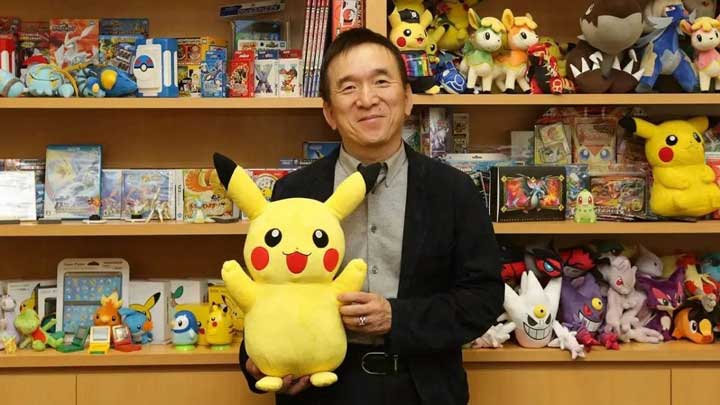
Discover how Satoshi Tajiri’s Autism Spectrum traits shaped the creation of Pokémon. An inspiring story of focus, imagination, and world-changing innovation every parent and gamer should read.
Satoshi Tajiri: The Visionary Behind Pokémon
Satoshi Tajiri, the visionary creator of Pokémon, has forever altered the landscape of gaming and popular culture through his unparalleled creativity and innovation. This Personality Report of Satoshi Tajiri explores the deep well of imagination, focus, and resilience that fueled his journey, framed through the lens of Cattell’s 16 Personality Factors. Although there has never been a formal public clinical diagnosis, many credible accounts suggest that Tajiri exhibits traits consistent with Autism Spectrum Disorder (ASD). His intense passion for insects, immersive focus on arcade gaming, and meticulous world-building reflect hallmark characteristics of high-functioning autism. Understanding the Satoshi Tajiri personality reveals how unique cognitive wiring can transcend conventional limitations and give rise to one of the most beloved entertainment phenomena in history.





